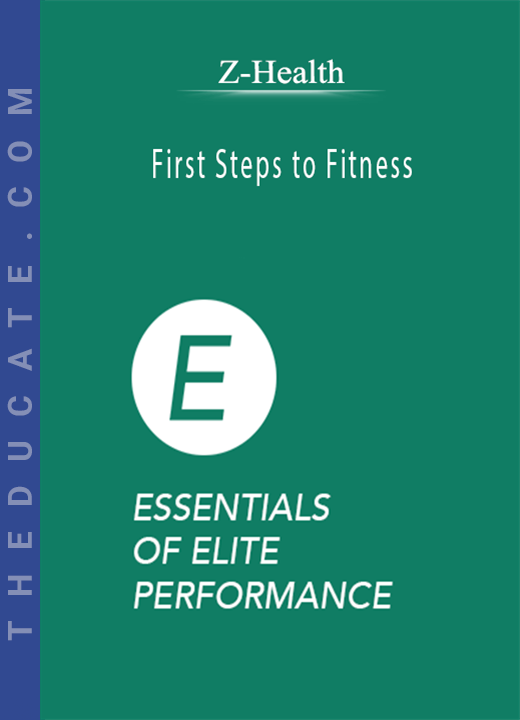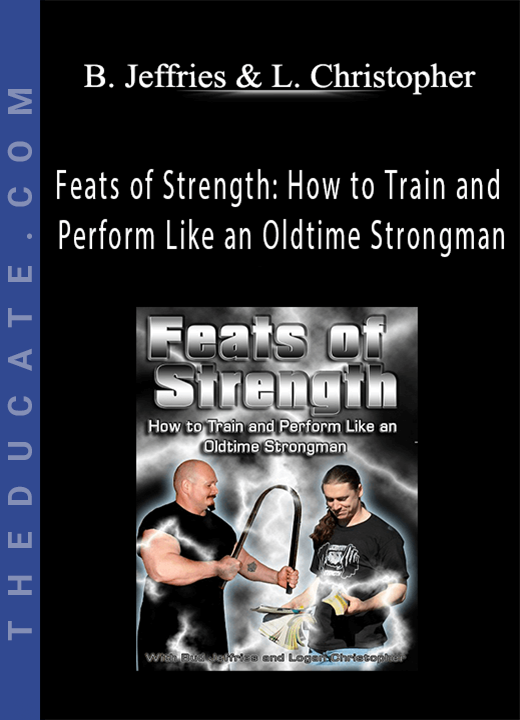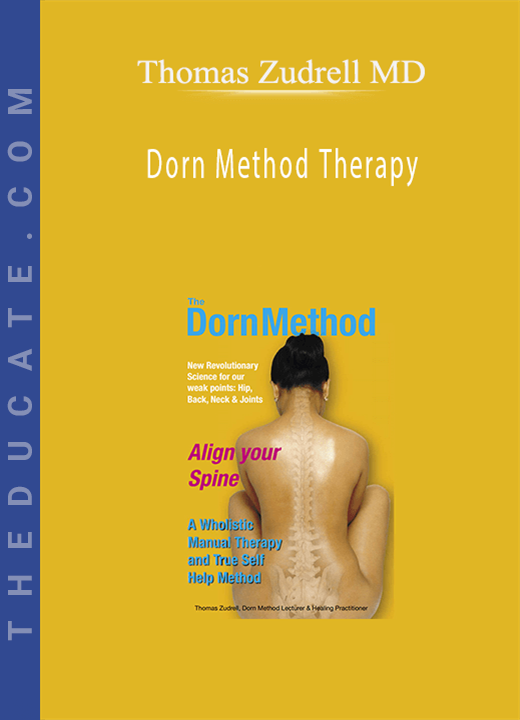Description

Z-Health – First Steps to Fitness
Aerobic exercise is any type of cardiovascular conditioning. It can include activities like brisk walking, swimming, running, or cycling. You probably know it as “cardio.”
By definition, aerobic exercise means “with oxygen.” Your breathing and heart rate will increase during aerobic activities. Aerobic exercise helps keep your heart, lungs, and circulatory system healthy.
Aerobic exercise differs from anaerobic exercise. Anaerobic exercises, such as weightlifting or sprinting, involve quick bursts of energy. They’re performed at maximum effort for a short time. This is unlike aerobic exercises. You perform aerobic exercises for a sustained period of time.
Read on to learn more about aerobic exercises you can try at home and at the gym. And remember, always talk to your doctor before beginning a new aerobic exercise routine.
Cardiovascular exercises can be done at home. There are many you can do with little to no equipment, too. Always warm up for 5 to 10 minutes before starting any exercise.
Jump rope
Equipment: gym shoes (sneakers), jump rope
Benefits: Jumping rope helps develop better body awareness, hand-foot coordination, and agility.
Safety: Your jump rope should be adjusted for your height. Stand with both feet on the middle of the rope and extend the handles to your armpits. That’s the height you’re going for. If it’s too long, cut or tie it to avoid tripping on the rope.
Duration and frequency: 15 to 25 minutes, 3 to 5 times per week
Following a jump rope circuit is a great indoor or outdoor activity, though you’ll want to make sure you have plenty of space. Your circuit routine should take 15 to 25 minutes to complete.
If you’re a beginner:
- Start by jogging forward as you swing the jump rope over your head and under your feet. Do this move for 15 seconds.
- Next, reverse your direction and jog backward as you continue to swing the jump rope. Do this move for 15 seconds.
- Finish your set by doing a hopscotch jump for 15 seconds. To do this move, jump rope in place, and as you jump, alternate between jumping your feet out to the sides and then back to the center, similar to how you’d move them while doing jumping jacks. Do this move for 15 seconds.
- Rest for 15 seconds between sets.
- Repeat 18 times.
If you’re an intermediate exerciser, you can perform the moves for 30 seconds and rest for 30 seconds between sets. The advanced circuit should be performed for 60 seconds at a time, followed by 60 seconds of rest.
Aerobic strength circuit
Equipment: gym shoes (sneakers), sturdy chair or couch for dips
Benefits: This exercise increases heart and cardiovascular health, builds up strength, and tones major muscle groups.
Safety: Focus on proper form with each exercise to avoid injury. Keep your heart rate at a moderate level throughout. You should be able to carry on a brief conversation during this exercise.
Duration and frequency: 15 to 25 minutes, 3 to 5 times per week
This aerobic circuit is designed to get your heart rate up. Perform the following strength exercises for 1 minute:
- squats
- lunges
- pushups
- dips
- torso twist
Then jog or march in place for 1 minute for your active rest. This is one circuit. Repeat the circuit 2 to 3 times. You can rest for up to 5 minutes between circuits. Cool down afterward with some light stretching.
Running or jogging
Equipment: running shoes
Benefits: Running is one of the most effective forms of aerobic exercise. It can improve heart health, burn fat and calories, and lift your mood, just to name a few.
Safety concerns: Choose well-lit, populated running routes. Let someone know where you’ll be.
Duration and frequency: 20 to 30 minutes, 2 to 3 times per week
If you’re a beginner, run for 20 to 30 minutes twice a week. Your pace should be conversational during the run. You can alternate between 5 minutes of running and 1 minute of walking to start. To stay injury-free, always stretch after your run.
Walking
Equipment: gym shoes (sneakers)
Benefits: Walking daily can reduce your risk of heart disease, obesity, diabetes, high blood pressure, and depression.
Safety: Walk in well-lit and populated areas. Choose shoes that offer good ankle support to reduce your risk for injury.
Duration and frequency: 150 minutes per week, or 30 minutes 5 days a week
If walking is your main form of exercise, aim to get 150 minutes per week. This can be broken down into 30 minutes of walking 5 days a week. Or, walk briskly for 10 minutes at a time, 3 times each day.
You can also use a fitness tracker to keep tabs on how many steps you take each day. If your goal is to walk 10,000 steps a day, start with your base (current amount you walk) and slowly up your daily step count. You can do this by increasing your daily steps by an extra 500 to 1,000 steps a day every 1 to 2 weeks.
Readmore about : Z-Health – First Steps to Fitness (Compressed), First Steps to Fitness (Compressed), aerobic exercise, equipment gym shoes , gym shoes sneakers







8 reviews for Z-Health – First Steps to Fitness
There are no reviews yet.